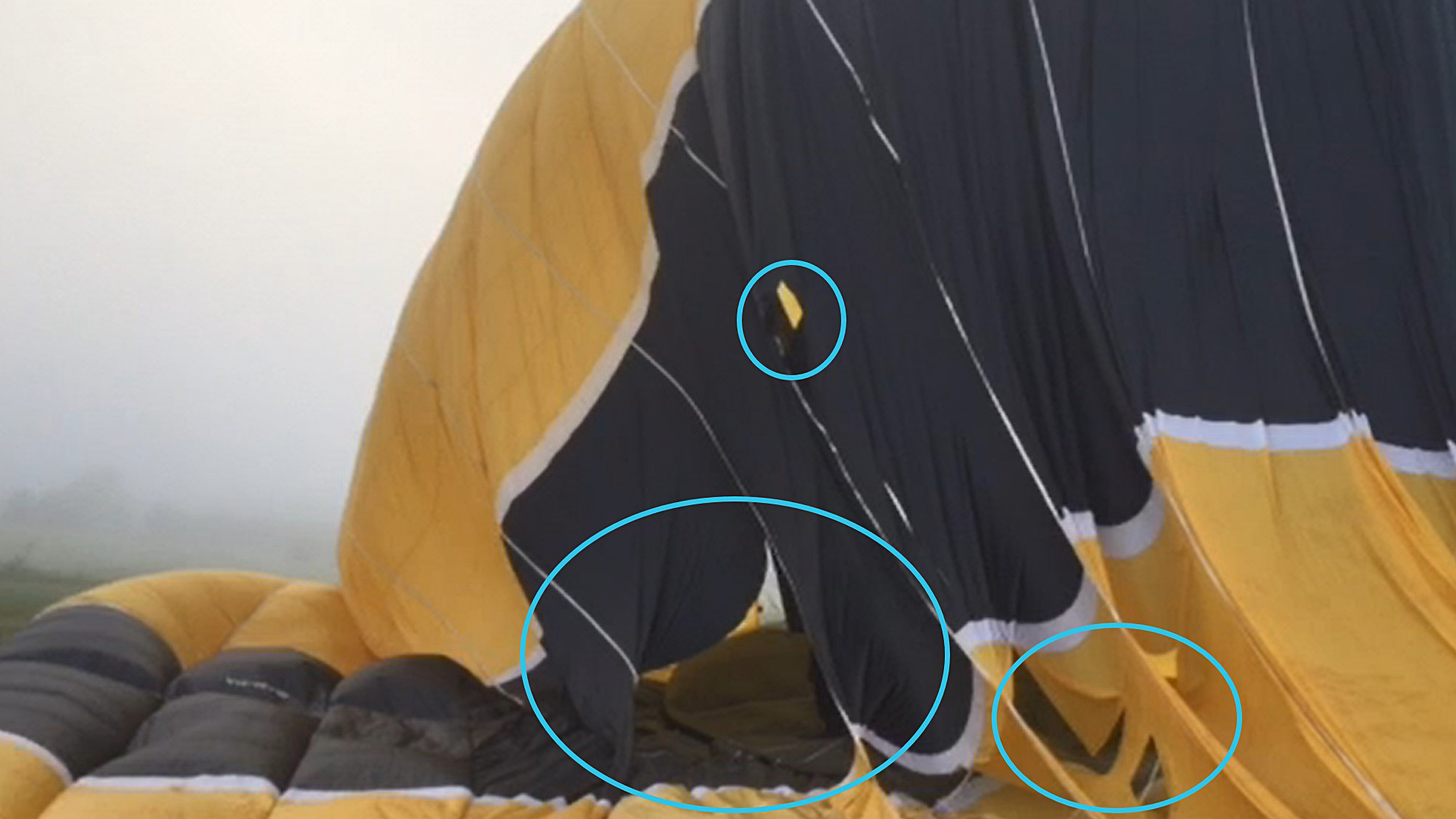
|
Key points:
|
Sixteen passengers sustained injuries, three of them serious, when their hot air balloon collided with trees and landed heavily after their pilot aborted the flight due to fog and poor visibility, an ATSB investigation report details.
The Kavanagh G-525 balloon, with a pilot and 24 passengers on board, was one of three balloons operated by the International Balloon Flight Company that launched from Peppers Creek near Pokolbin, New South Wales for a planned one-hour scenic flight on 30 March 2018.
The ATSB’s investigation found that the three pilots decided to launch despite forecast fog and developing fog at the launch site, without an awareness of the fog’s extent.
“This resulted in the balloons being above a layer of fog through which they had to descend,” said ATSB Director Transport Safety Stuart Macleod.
The descent in low-visibility conditions diminished the accident balloon pilot’s ability to see trees in the approach path, the investigation notes. This, combined with a 12 knot wind at the landing site, resulted in the pilot having insufficient time to manoeuvre the balloon to climb above the trees after sighting them.
“Adequate weather planning is essential for safe ballooning operations, including to ensure that the pilot is able to see and avoid obstacles during landing,” Mr Macleod said.
“Balloon pilots must ensure weather conditions are compatible with the limitations of balloon manoeuvrability.”
The investigation noted that the pilots’ decision to take off was permitted under a Civil Aviation Safety Authority (CASA) exemption to visual flight rules for balloons allowing them to operate in visual meteorological conditions with a minimum of 100 metres visibility below 500 feet above ground level.
“This visual flight rules exemption permits balloons to arrive and depart in foggy conditions without assurance that sufficient visibility existed to see and avoid obstacles," Mr Macleod said.
“The rule permitted the pilots to launch the balloons in the conditions experienced prior to the accident flight.”
As a consequence, the ATSB has issued a safety recommendation to CASA to undertake a risk assessment of the reduced visibility exemption to the visual flight rules for balloons, to determine whether it assures an adequate level of safety.
“The ATSB remains concerned that, given the climb performance/profile of balloons, the current visual meteorological criteria for operation below 500 feet above ground level do not provide assurance that sufficient visibility exists to see and avoid obstacles.”
However, the ATSB acknowledges and welcomes CASA’s planned publication of an advisory circular (AC) to provide guidance for balloon operators and pilots regarding weather assessment and low-visibility operations.
Mr Macleod noted that this investigation highlights that is it is vital that pilots obtain a full appreciation of the weather for the duration of the planned flight from the Bureau of Meteorology, which is the approved source of aviation meteorology products.
“Fog is fickle, and the ultimate responsibility for a pilot’s decision on whether to launch or not rests with the pilot,” he said.
“This decision needs to address factors and limitations related to the pilot, balloon, environment and operation.”
Separately, the investigation found the pilot and ground crew did not follow the operator’s emergency procedures to not move injured passengers after the accident, increasing the risk of exacerbating their injuries.
Read the report: Controlled flight into terrain involving Kavanagh Balloons G-525, VH-HVW, Pokolbin, New South Wales, on 30 March 2018


